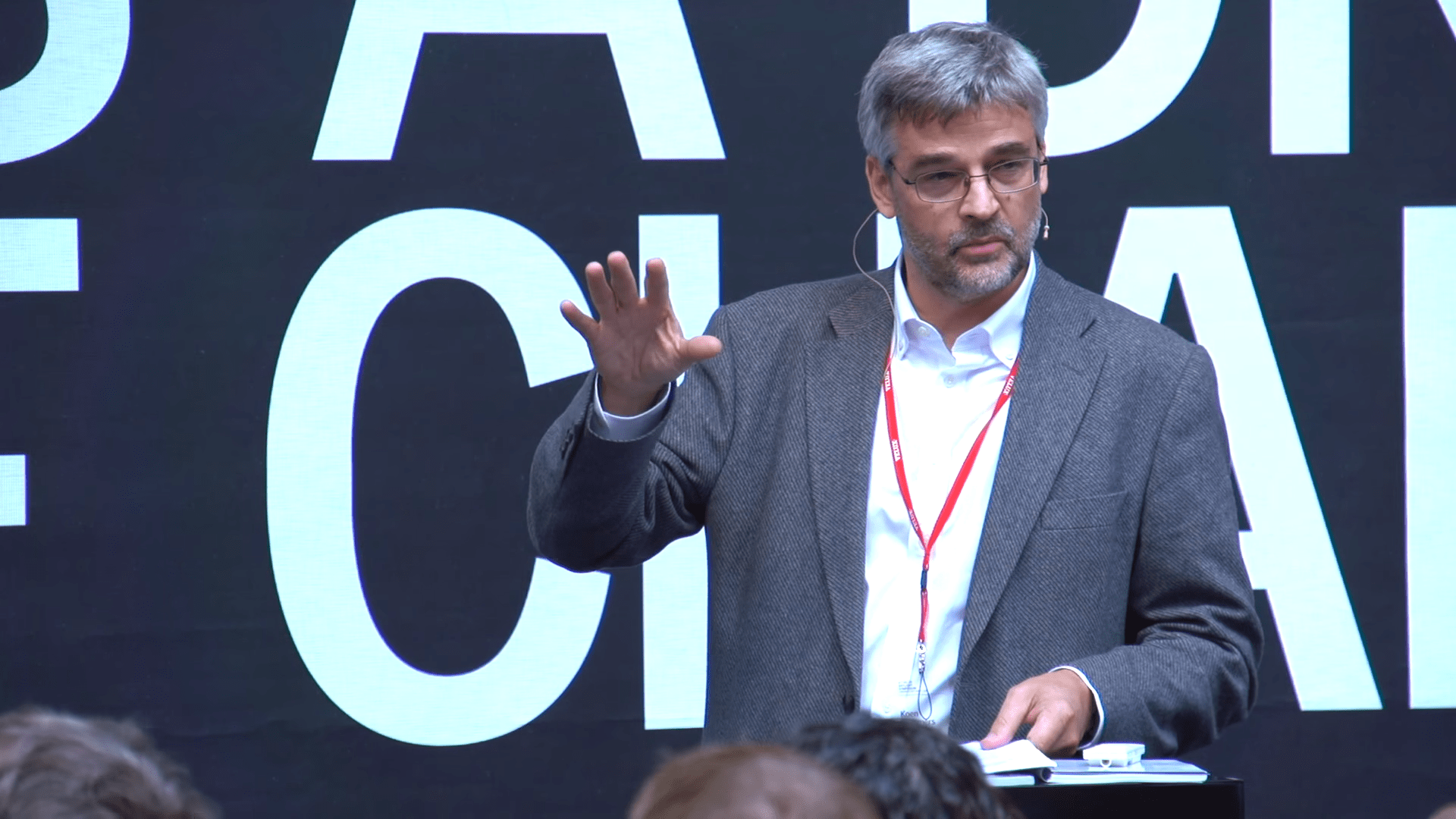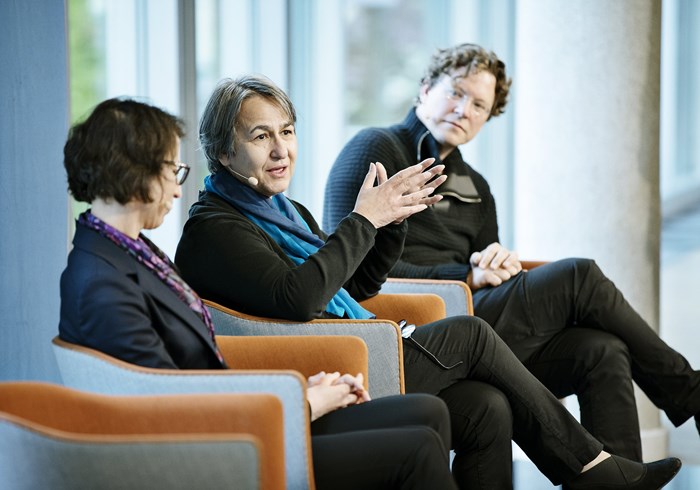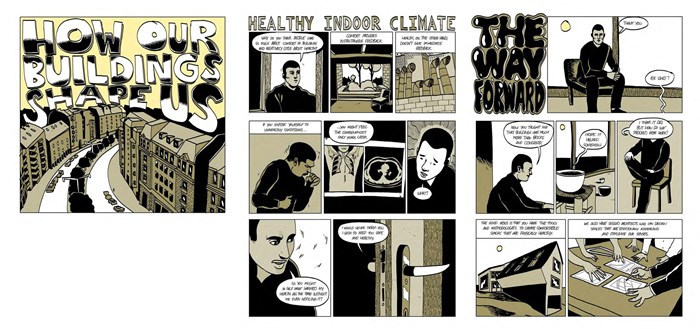
Lecture from the 6th VELUX Daylight Symposium that took place in London on 2-3 September 2015 by Koen Steemers.
The design of our built environment affects our health and well-being, and can have long-term implications on quality of life. The publication of “Nudge: Improving health, wealth and happiness” in 2008 was influential in revealing that behaviour can be strongly influenced by context (Thaler & Sunstein, 2008). People can be nudged in to making better decisions in largely automatic, non-coercive and simple ways, through changing what Thaler and Sunstein refer to as “choice architecture”. Can architecture create choice architecture? The role that architecture can play is evident: “Design-led interventions can make better choices easier or constrain behaviours by making certain actions more difficult” (King, Thompson, & Darzi, 2014).
The purpose of this review is to outline the definition(s) of health and well-being, and to determine the potential implications and opportunities for housing design. The emphasis will be on the presence of well-being rather than the absence of ill-health. As a result, the essay acknowledges the challenges and strategies of avoiding negative physical health-related considerations associated with for example poor indoor environmental quality. However, the focus is instead on supporting positive mental well-being which in turn has implications for physiological health. There is an established body of expertise related to the study of physical health with increasing quantitative evidence, but research of well-being in the built environment is a relatively recent and largely qualitative area of investigation that is nevertheless beginning to reveal consistent and widely accepted findings. These findings are interpreted here in terms of architectural design.
This presentation suggests that it is more important to incorporate a wide range of both quantitative and qualitative health considerations rather than to focus on single, narrowly defined criteria. Such ‘silo thinking’ tends not to aid good design (perfectionism can be crippling) and often different criteria are in tension. An alternative approach is to determine ‘good enough’ strategies which increase diversity and adaptability, and that are user-centred. This is not to deny the potentially chronic health impacts of poor indoor environmental quality on certain sectors of the population (i.e. large impact for a small population), but rather to balance and complement this with strategies to improve well-being for the wider population (i.e. modest improvement for a large population).
The structure of this presentation is divided into three sections. The first section reviews the spatially relevant definitions of well-being and their relationships to health. The second section, draws on research to define the implications and opportunities for architecture. Finally, the last section will provide rules of thumb and architectural propositions that exemplify the findings.
Koen Steemers; an architectural and built environment academic with an international profile, Professor Steemers was recently named in BD’s inaugural list of the “50 most influential people in UK sustainability”, including others such as James Lovelock and Jonathan Porrit. He studied Architecture at the University of Bath and subsequently joined Energy Conscious Design (now ECD Partnership, London), a pioneering architectural practice. His PhD work at the University of Cambridge developed new insights in to the links between urban design and environmental performance which generated a series of funded research projects and drew the attention of academics and practitioners. He was invited to act as consultant, notably to the Richard Rogers Partnership on numerous projects, and became a Director of Cambridge Architectural Research Limited in 1991. Koen was appointed Head of Department in 2008 after five years as Director of the Martin Centre and Head of Research for the Department.
Koen is currently leading a team of a dozen researchers undertaking studies into visual perception, occupant behaviour and environmental performance of architectural and urban space. He coordinates a Masters degree, regularly supervises ca. ten PhD students and has produced over 170 publications, including 10 books. Koen is a registered architect and Director of CH+W Design; environmental design consultant (Director of CAR Ltd); consultant to UN-HABITAT; past President of PLEA (Passive and Low Energy Architecture international association); Guest Professor at Chongqing University, China and Kyung Hee University,

